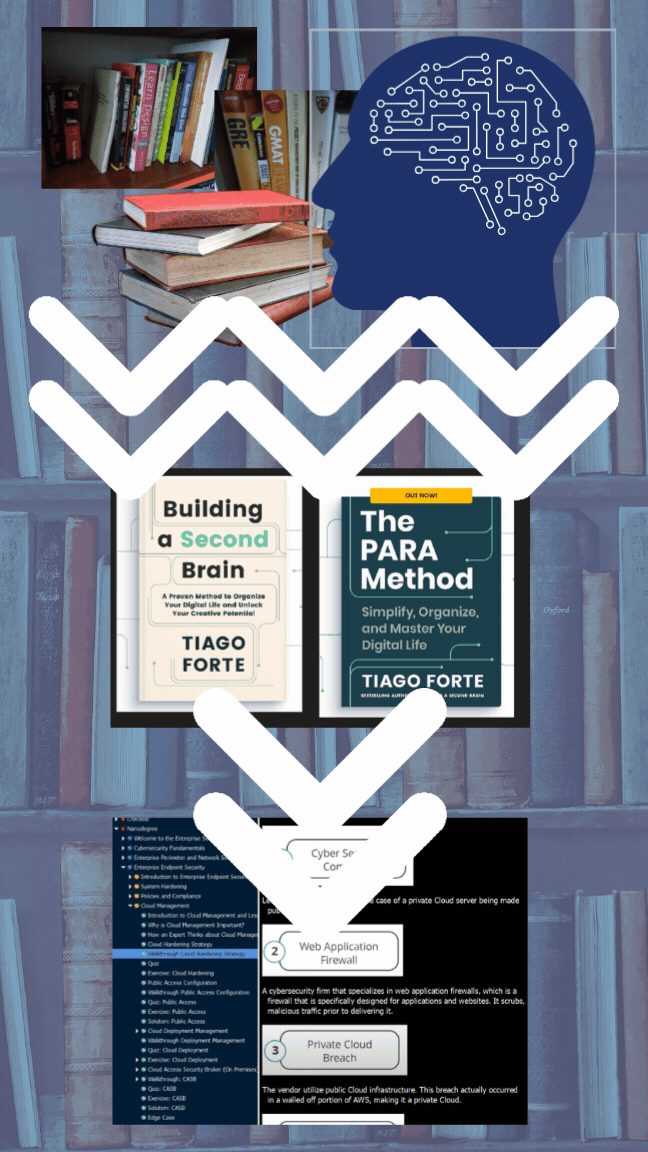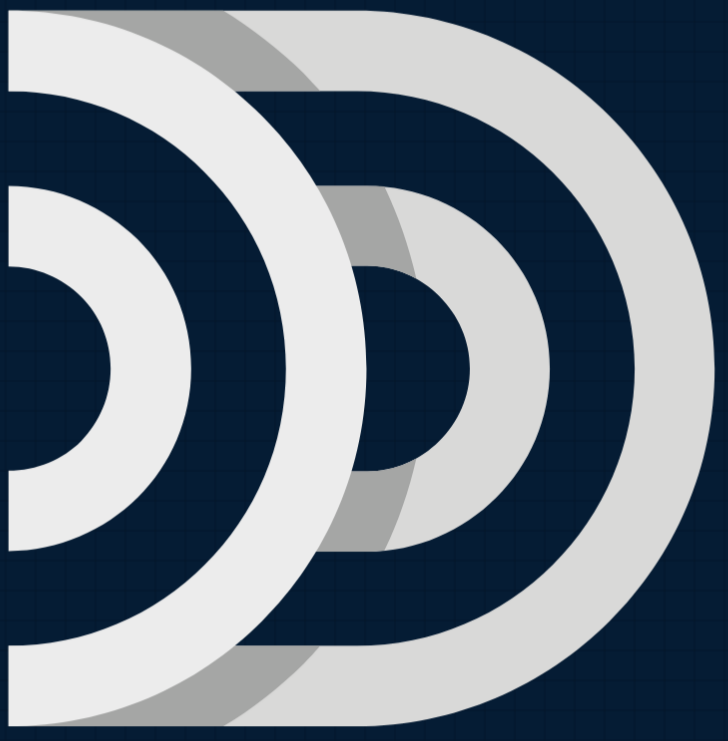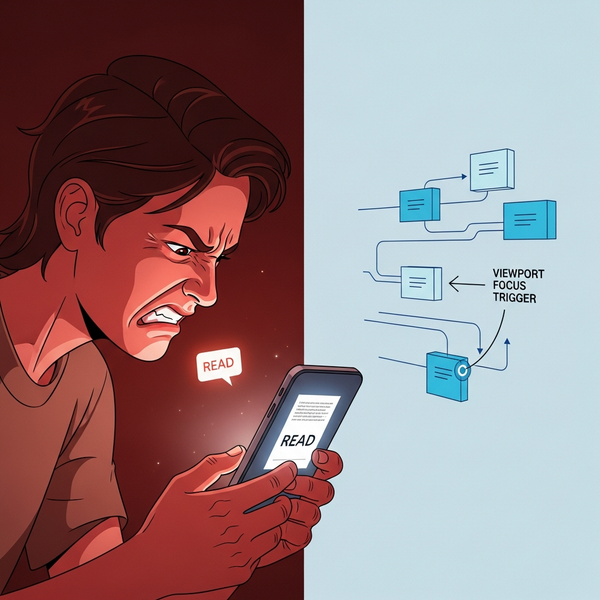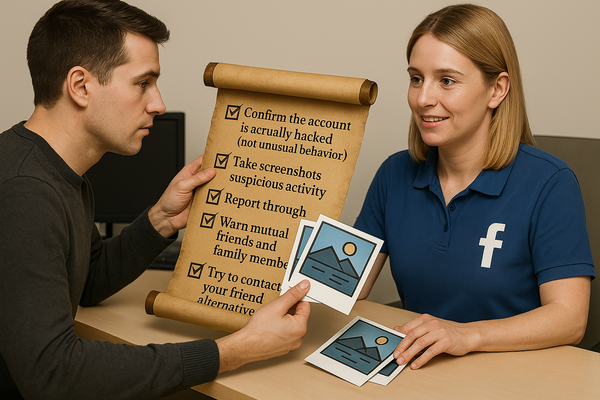Knowledge Management: Building a Second Brain with PARA

Do you ever feel like your head is stuffed with unfinished ideas, half-read articles, and an overwhelming sense that you're forgetting something crucial? In our hyper-connected world, information overload is the new normal, leading to "Information Exhaustion" and mental fatigue.
The good news is you don't have to rely solely on your biological brain to keep it all straight. It's time to outsource the job of remembering to technology and build what many are calling a Second Brain.

The Core Idea: Building a Second Brain (BASB)
The Building a Second Brain (BASB) methodology, developed by Tiago Forte, is a systematic approach to organizing your digital life, dramatically increasing your productivity, and unlocking your creative potential.
The philosophy is simple yet revolutionary: Your biological brain is for thinking and creating, not for storing every single piece of data. BASB advocates for an external, growing body of knowledge that ensures you have the wisdom and insights needed to make sound decisions and take effective action—whether that's nailing a presentation or launching a new venture.
Key Benefits of BASB:
- Find Anything in Seconds: Locate any learned thought or piece of information you've saved instantly.
- Move Goals Forward: Organize your knowledge so that it consistently drives your goals.
- Save Your Best Thinking: Ensure your most valuable insights aren't lost in the digital clutter.
- Clarity and Peace of Mind: Reduce the mental load and anxiety of feeling overwhelmed.
BASB is built on the C.O.D.E. System, a four-step process for turning information into creative output: Capture, Organize, Distill, and Express. Best of all, it's tool-agnostic, meaning you can use it with any note-taking app you prefer—Notion, Evernote, Obsidian, or even simple document folders.
The Engine: The PARA Method for Actionable Organization
Every great system needs a foundation, and for the Second Brain, that's the PARA Method. This simple, comprehensive, and flexible organizational system focuses on actionability rather than broad academic subjects. Its goal is to accelerate your progress toward completing important projects.
P.A.R.A. stands for the four top-level folders where all your digital information belongs:
- Projects: Short-term efforts with a specific goal and deadline. (e.g., "Complete webpage design," "Write research report").
- Areas: Long-term responsibilities that require ongoing attention. (e.g., "Health," "Finances," "Marketing").
- Resources: Topics of interest for learning and research. (e.g., "Web design trends," "Photography tutorials," "Habit formation research").
- Archives: Items from the other three categories that are complete, on hold, or no longer active, saved for future reference.
By organizing around Projects, you create a cadence of regular victories. Breaking down those open-ended Areas into defined, achievable projects ensures your project list is constantly "turning over," providing the motivation you need to track progress toward long-term goals.
Tools of the Trade: Supercharging Your Second Brain
While the system is tool-agnostic, using the right technology can exponentially increase your productivity. Today's knowledge managers are integrating powerful, specialized tools into their workflow:
- Notebook LM (Personal AI Research Assistant): Created by Google, this AI assistant is a game-changer for research. You upload your own documents, videos, and PDFs (up to 50 in the free version) to create a private, AI-assisted knowledge base. Its key differentiator is source-based Q&A; it will only answer from the sources you provide and vet, dramatically reducing the risk of "hallucinations" common with general-purpose AI. It reads, summarizes, and analyzes your content, saving you hours.
- Cherry Tree Note-Taking Program: This hierarchical note-taking application offers rich text, code highlighting, embedded files, and LaTeX support. Some advanced users even use Python/Bash scripts with it to automate the categorization of notes according to the PARA method.
- Anki Flash Cards: Described as "Powerful, Intelligent Flash Cards," Anki is integrated into the workflow to actively test the retention of learned material. It's the final step in moving information from your external system back into your working memory.
Moving from Collector to Creator
The synergy between the BASB system, the PARA method, and specialized tools like Notebook LM is about one thing: moving from being a passive collector of information to an active producer of creative work. By building a reliable, external system, you reduce stress, eliminate the chaos of forgotten ideas, and maximize your productive output.
Your brain is a factory, not a warehouse. Give it the tools it needs to create!
Ready to start building your own external knowledge base? Would you like me to find a beginner's guide or video tutorial on how to implement the C.O.D.E. system in a note-taking app like Notion or Obsidian?

RESOURCES:





